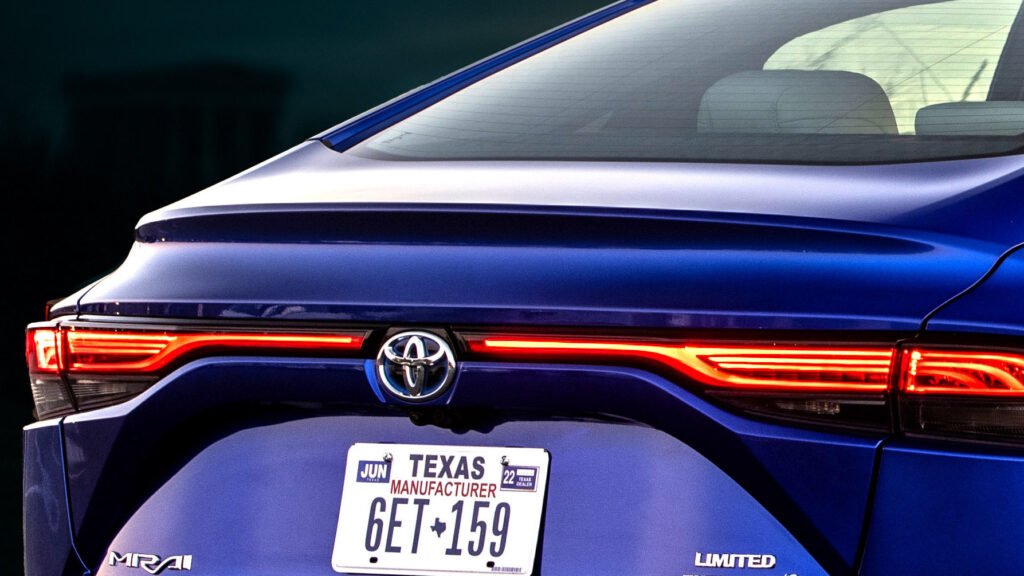

- Toyota faces a $5.7 billion RICO lawsuit accusing it of organized fraud.
- Plaintiffs claim Toyota hid major hydrogen safety defects in the Mirai.
- 75 cars were reportedly destroyed by contaminated hydrogen.
A new class action lawsuit filed in California against Toyota is demanding an extraordinary $5.7 billion in damages, accusing the company of running a criminal operation to hide serious safety flaws in its Mirai hydrogen sedan. The complaint also levels a striking charge of “organized fraud” against the automaker.
Brought forward by the Ingber Law Group in the U.S. District Court for the Central District of California on behalf of three plaintiffs, the 142-page RICO (Racketeer Influenced and Corrupt Organizations Act) complaint outlines a sweeping set of allegations against Toyota.
Read: Toyota Ditches 2025 Mirai Limited Trim And Hikes Prices
Originally written to chase down mob bosses, the RICO Act is now being used to accuse Toyota of running what can be best described as a white-collar version of organized crime.
The Allegations
It claims that the automaker, along with its financing arm and several California dealerships, coordinated to market and finance vehicles that technicians privately described as “ticking hydrogen bombs.”

According to the complaint, the company and its hydrogen partners concealed multiple faults in the Mirai, including a risk of hydrogen leaking near hot engine components, which could pose an explosion hazard. Additionally, the lawsuit contends the Mirai can experience sudden power loss, acceleration, and braking failures.
Beyond technical issues, it criticizes Toyota Motor Credit Corporation for what it calls “aggressive financial collection tactics,” alongside frustrations over California’s sparse and unreliable hydrogen refueling infrastructure.
What Do the Plaintiffs Say?
Three Mirai owners are listed as plaintiffs, each claiming they were told by dealership technicians to pursue legal action after repeated vehicle problems. Some technicians allegedly warned them that the cars were “ticking hydrogen bombs.”

In one case, the lawsuit describes a Mirai driver pressing the brake pedal only for the vehicle to surge forward. It also reports that in some situations, several seconds can pass after pressing the throttle before the powertrain responds.
“This lawsuit isn’t about a simple defect, it’s about organized fraud,” lead attorney Jason M. Ingber explained. “Toyota engineered, financed, and controlled California’s hydrogen network, then used that control to hide safety failures and financial harm to consumers.”
The complaint also cites a specific hydrogen refueling station in Torrance, California, that allegedly left at least 75 Mirais permanently inoperable after dispensing contaminated fuel.
Representing all individuals in California who purchased or leased a 2016–2025 Toyota Mirai within the past four years, the suit alleges Toyota managed to “ingeniously conceal catastrophic safety defects, so their fraudulent scheme remains undetected.”
If this all sounds like a bad sequel to ‘Who Killed the Electric Car?,’ that’s because Hollywood never did figure out how to write the hydrogen one. Yet.


